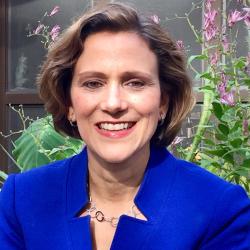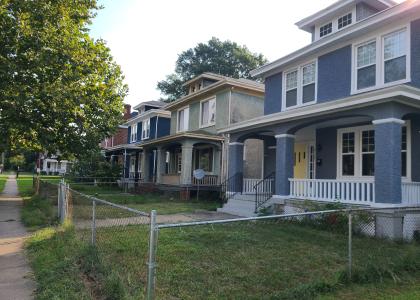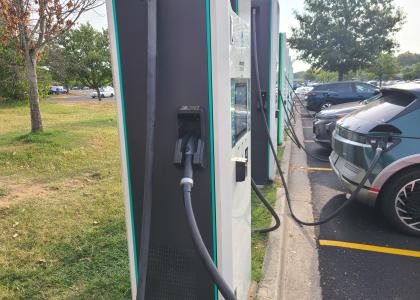In every state, across industries and technologies, millions of people work to save energy in the United States. To highlight this diverse and growing workforce, ACEEE is releasing today a multimedia project, People Who Save Energy. We tell the stories of some of these workers, who describe how energy efficiency changed their lives and those around them.
Consider the Tate family. Richard Tate, who had been struggling to find a job, found out about a six-week weatherization class after his mom’s home was weatherized. He earned a perfect score in the class and landed a full-time job weatherizing homes. “It’s just a beautiful thing to see the smiles on their faces and know you’re causing them to save some money,” he said of his customers.
Richard's mom, Blanche Tate-Lee, saved enough money on her reduced utility bills to buy Christmas presents for her grandchildren. She also helped spur the US economy by using her energy savings to install blinds, paint the house, and make one other renovation: “I gave my husband his man cave.”
While Richard's family lives in Winston-Salem, NC, its story can happen anywhere in America, from small towns to big cities. At least 2.2 million people work all or part of their time on energy efficiency, according to a 2017 report for the US Department of Energy. They outnumber the 1.9 million whose jobs produce electricity, coal, natural gas, and gasoline. And DOE projects that the efficiency workforce will continue to increase, by 9% this year alone.
For ACEEE's People Who Save Energy project, we visited North Carolina to explore the wide range of efficiency work. We met manufacturers, builders, designers, trainers, weatherization workers, and the beneficiaries of their efforts, including a church pastor. All of them are passionate about saving energy.
“We want to bring advanced building materials to the residential market,” said Charles Leahy, CEO of Eco-Panels, which makes structural insulated panels. When Harriett O’Rear built her home in Snow Camp, NC, she chose the factory-built, airtight SIPs over stick-frame construction: “It’s easy, it’s efficient, it’s not particularly costly.”
More than half of direct energy efficiency jobs are in construction. The others are found in manufacturing, professional and business services, or trade, distribution, and transport. In addition, DOE reports another 0.7 million jobs that focus on vehicle fuel economy and alternative fuel vehicles, plus 3 million jobs that sell efficient (and other) appliances and building materials.
“My main job is to help developers and builders design, build, and ultimately sell a more efficient home,” said Taylor Fearrington of Southern Energy Management. Another person we talked to, Vince DiFrancesco of Everblue Training, teaches people to build more efficient, comfortable, and healthier homes. He said more and more builders are interested in energy efficiency because they can market its multiple benefits.
Energy efficiency creates indirect jobs, too. By reducing energy use and utility bills, it lets consumers like Blanche Tate-Lee spend or invest their savings elsewhere in the economy. The savings from energy efficiency often yield more jobs than the efficiency work itself.
Rob Rogers takes pride in the money his company, ESRA Facility Management & Consulting, Inc., saves customers through energy audits and retrofits. One of those beneficiaries is Reverend Jemonde Taylor, the rector of St. Ambrose Episcopal Church in Raleigh, NC.
“We can look from 2012 to 2017 and see how our energy use has gone down because of certain things we have done,” Taylor said, noting the repair of cracked stained-glass windows and the HVAC system. “Over time the congregation will be able to save money and live with a clean and clear conscience that we are doing something positive.”
A retired US Air Force officer, Rob Rogers also takes heart in putting people like Tiffany Perrin to work. Perrin, who has experience as a residential carpenter, said weatherization has improved her craft: “A carpenter’s a joiner. So you’re learning how to more properly join . . . and why it’s so important for the house to be sealed.”
Perrin said her work helps some people from becoming homeless by making it easier for them to pay utility bills and other expenses. And their homes are less drafty and more comfortable. “People need to know what we really do, especially the . . . health benefits of it,” she said. “I appreciate what this field is about. I’m hoping that eventually it will spread and get a lot bigger.”






